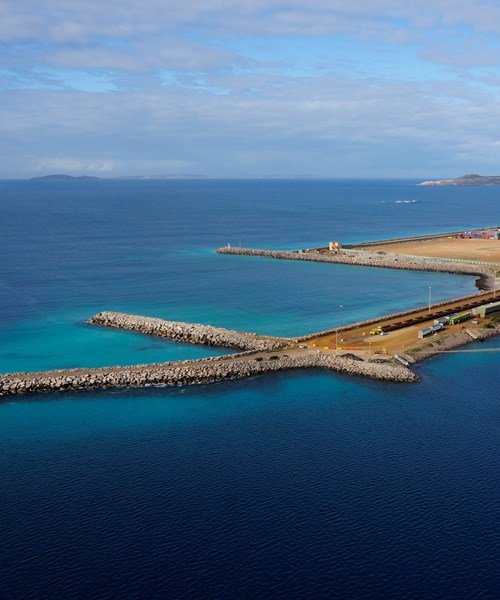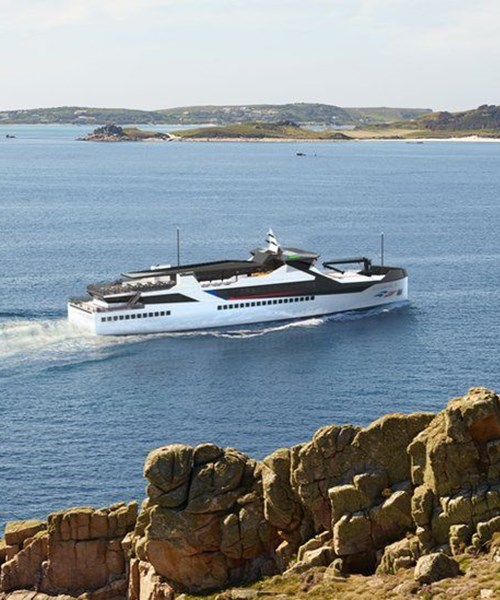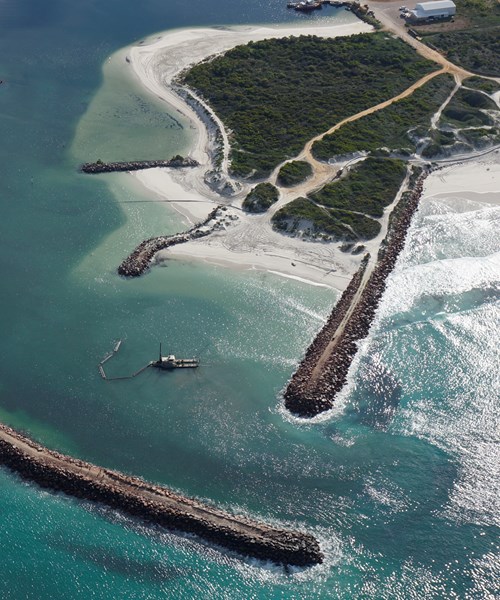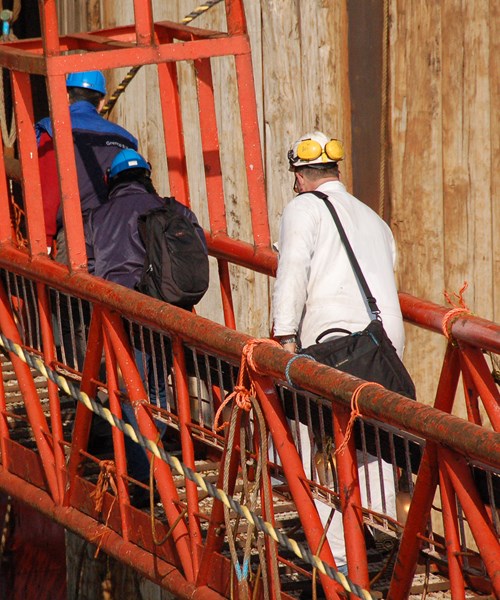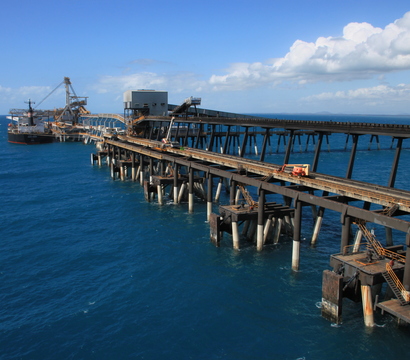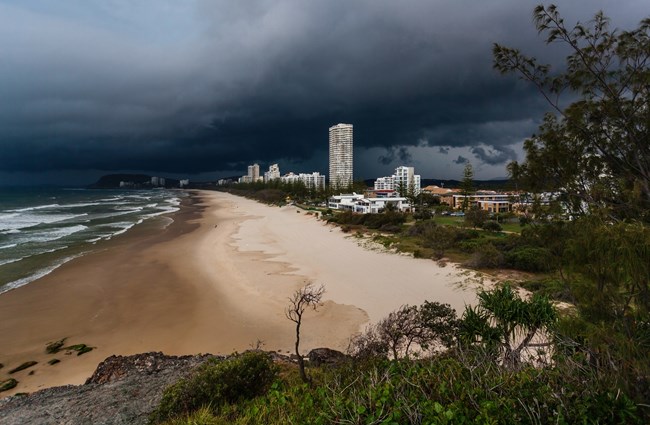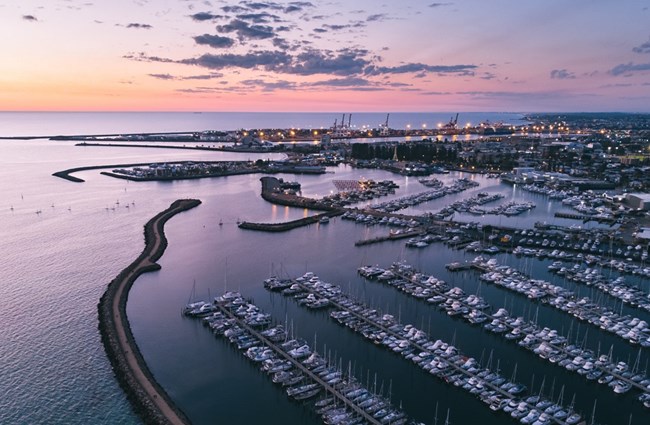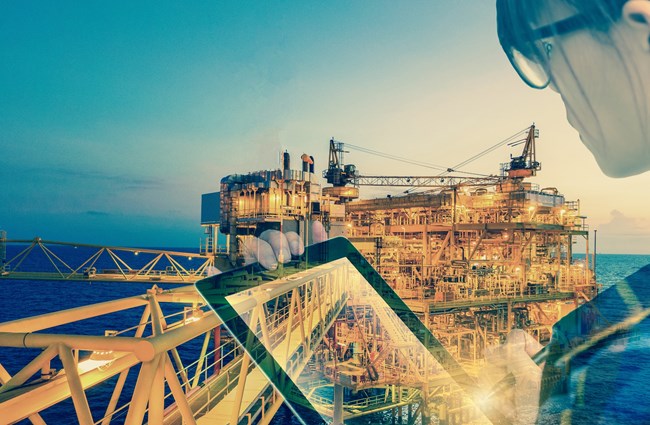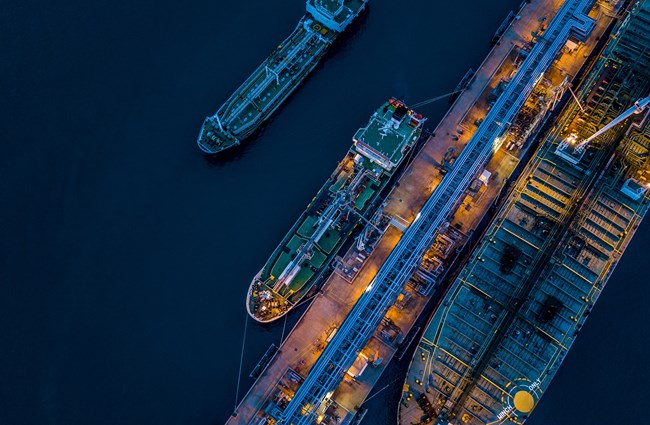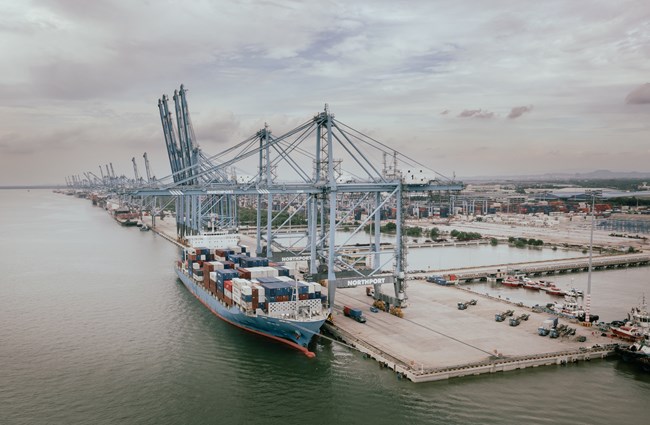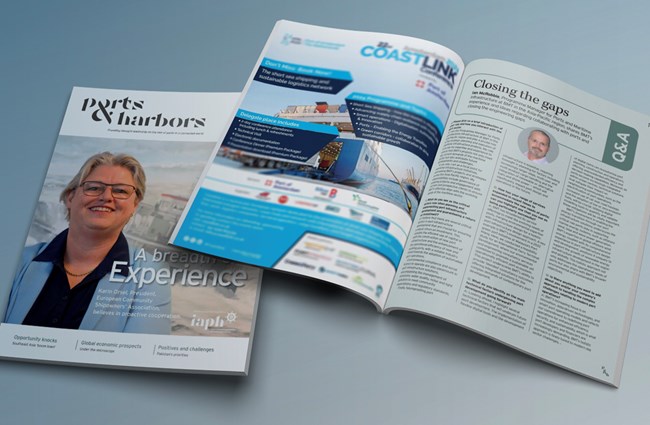Wind, waves, currents, and human activity are constantly reshaping coastlines.
Beaches are eroded and rebuilt, nearshore seabed and river channels remoulded, and sediments carried to the coast
Port operations are optimised by minimising the number of days where operations are halted due to unexpected
Our objective is to identify and support the delivery of sustainable and efficient solutions that will work throughout a port or terminal’s lifetime.
We specialise in satellite remote sensing for the offshore, shipping, and maritime engineering sectors.
We help you tackle complex geological problems by computational simulation of geological scenarios.







